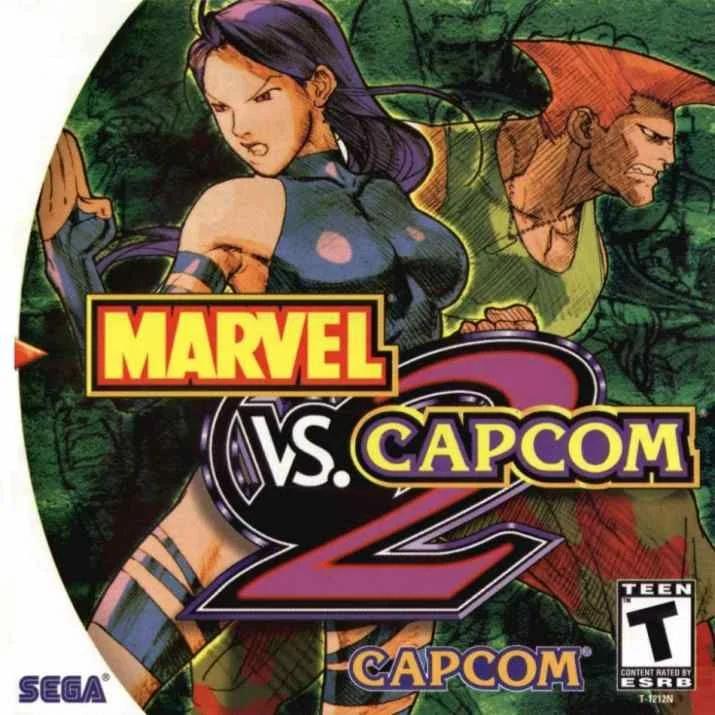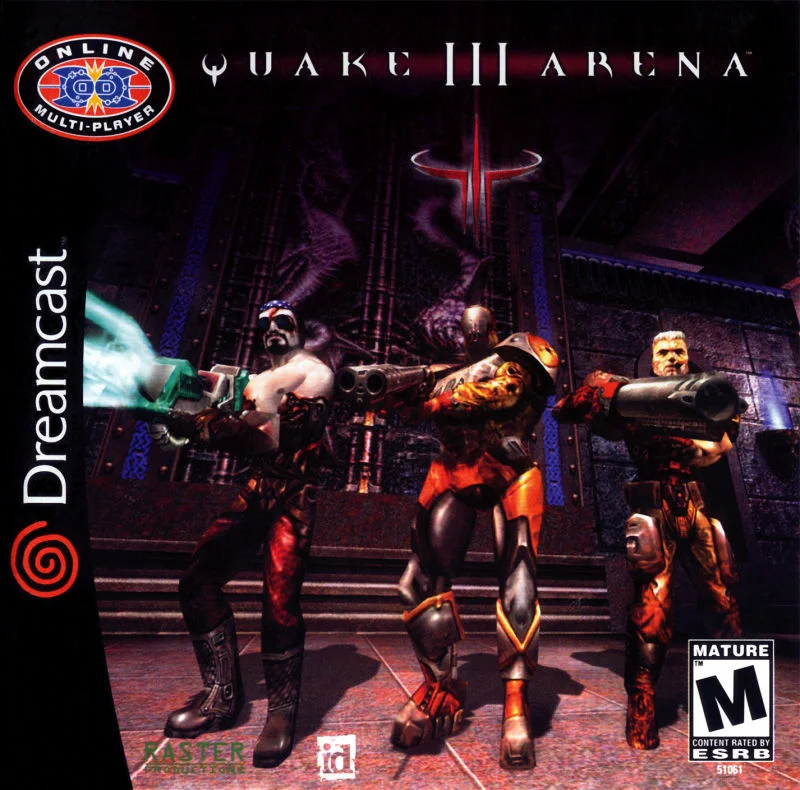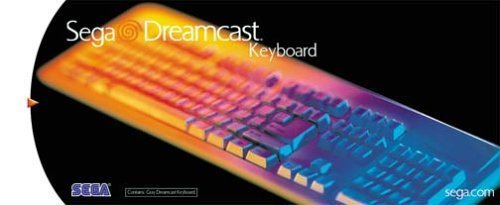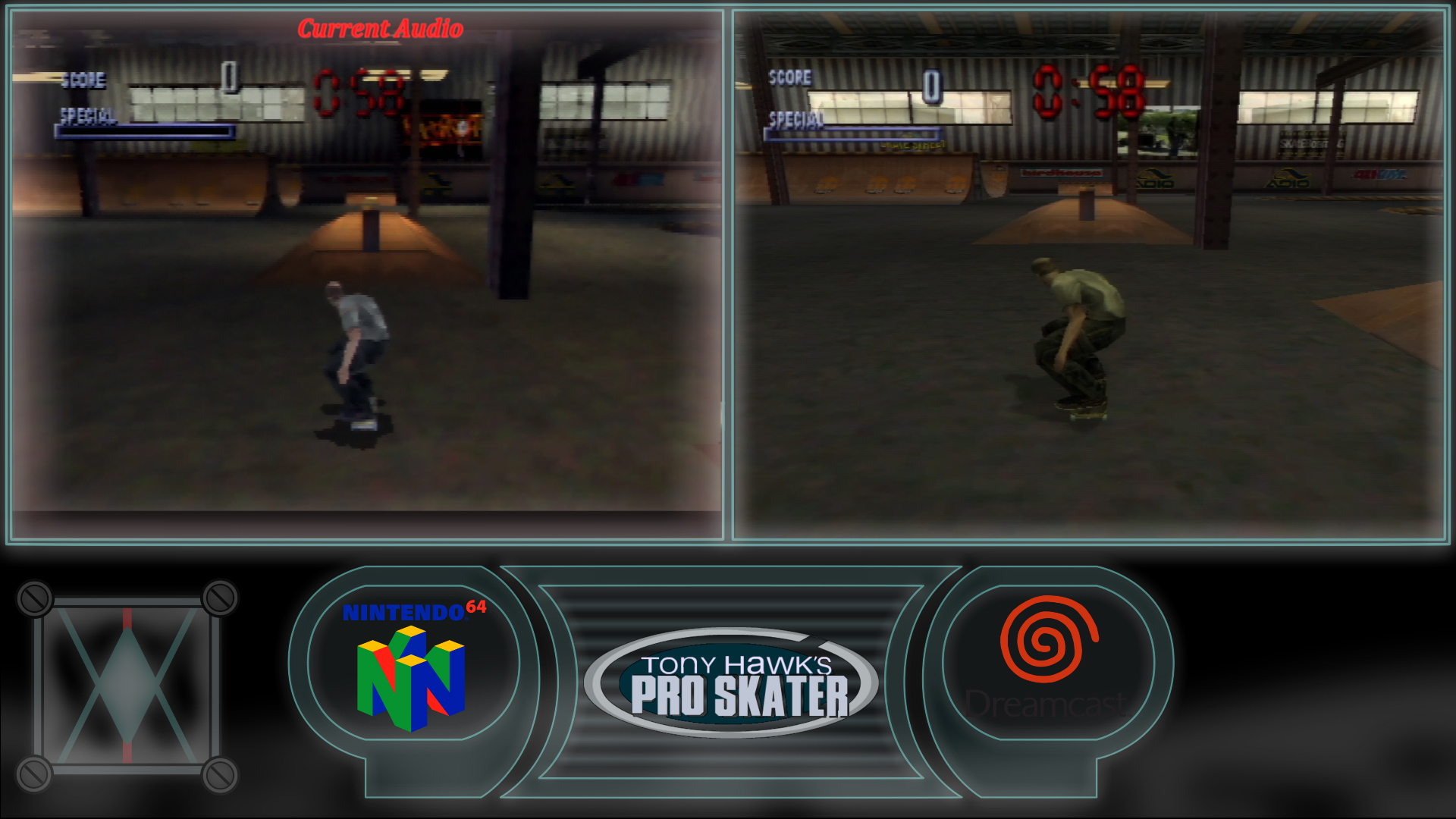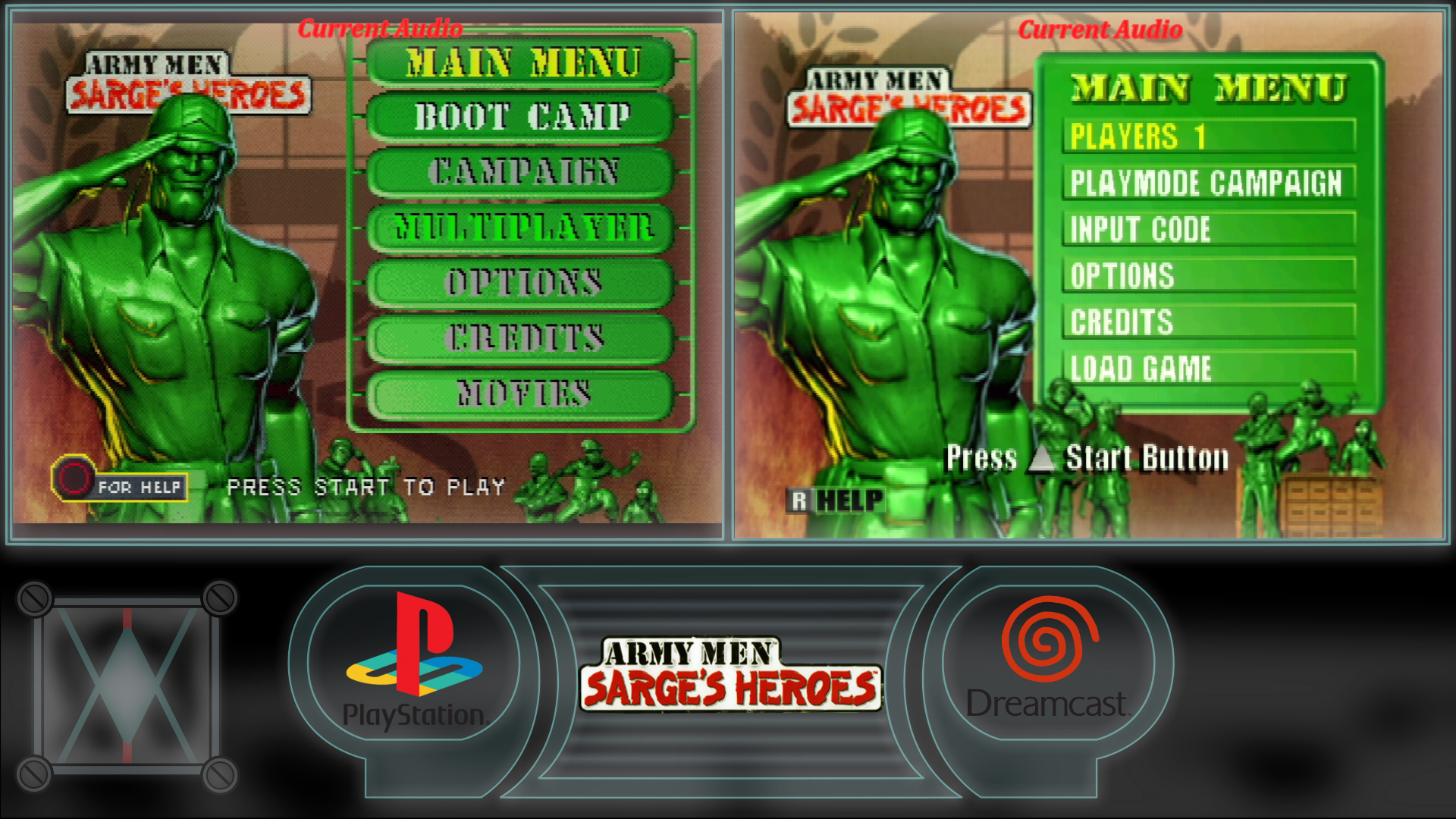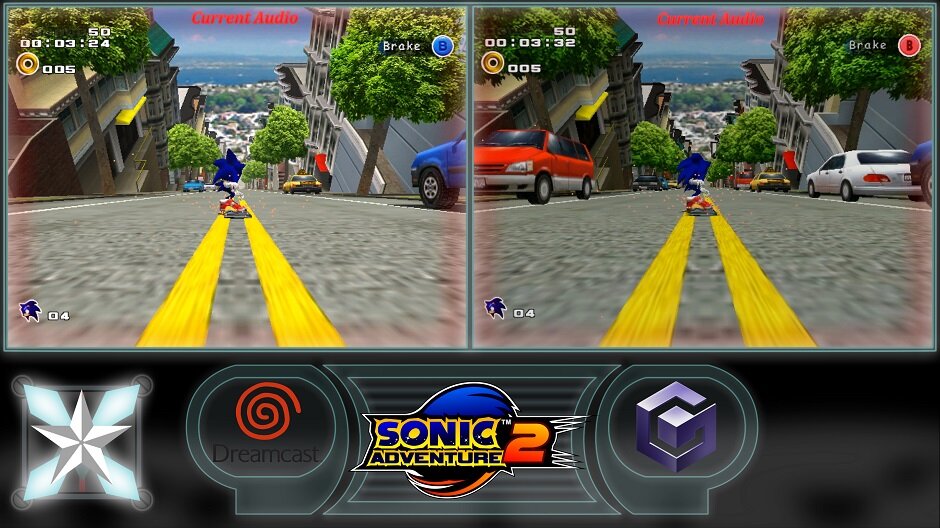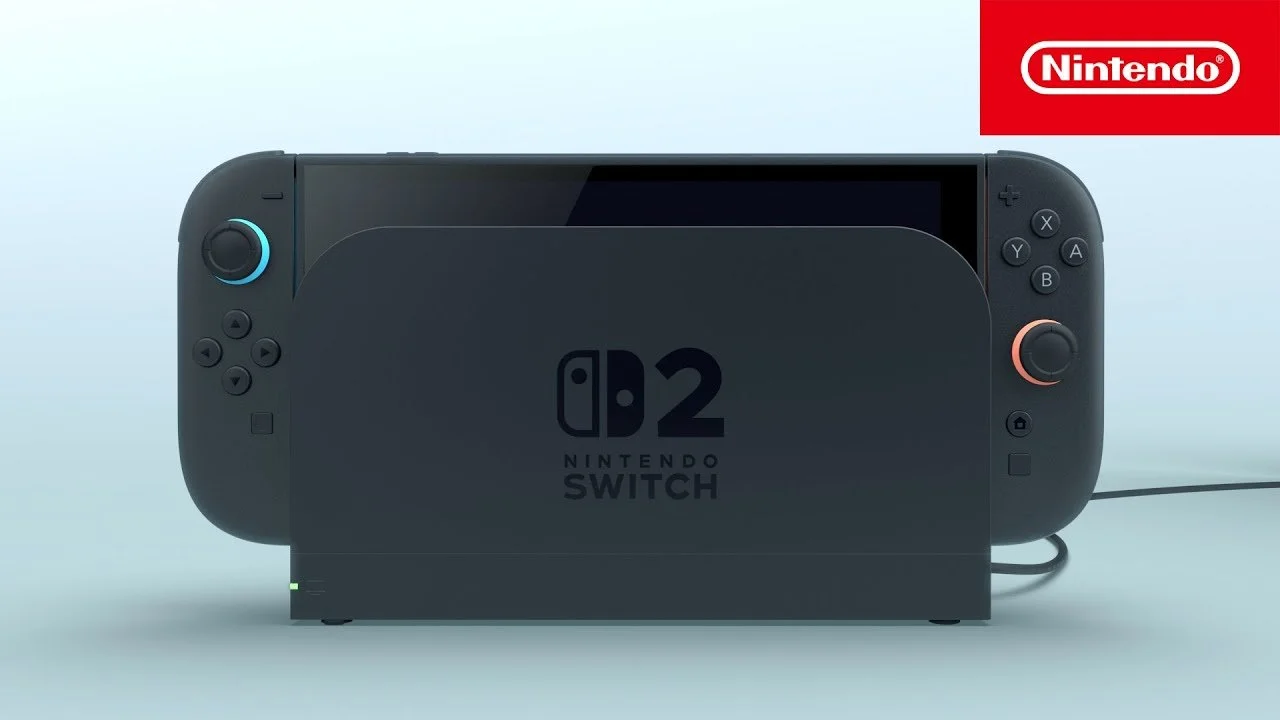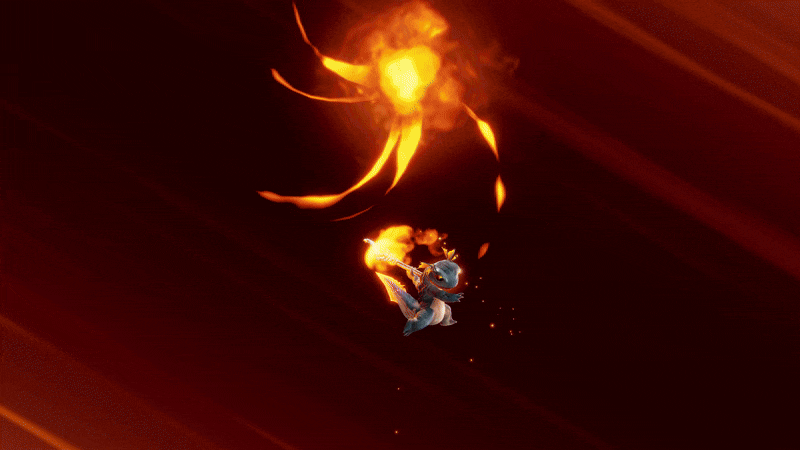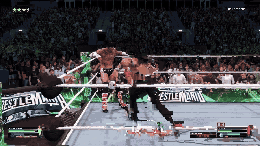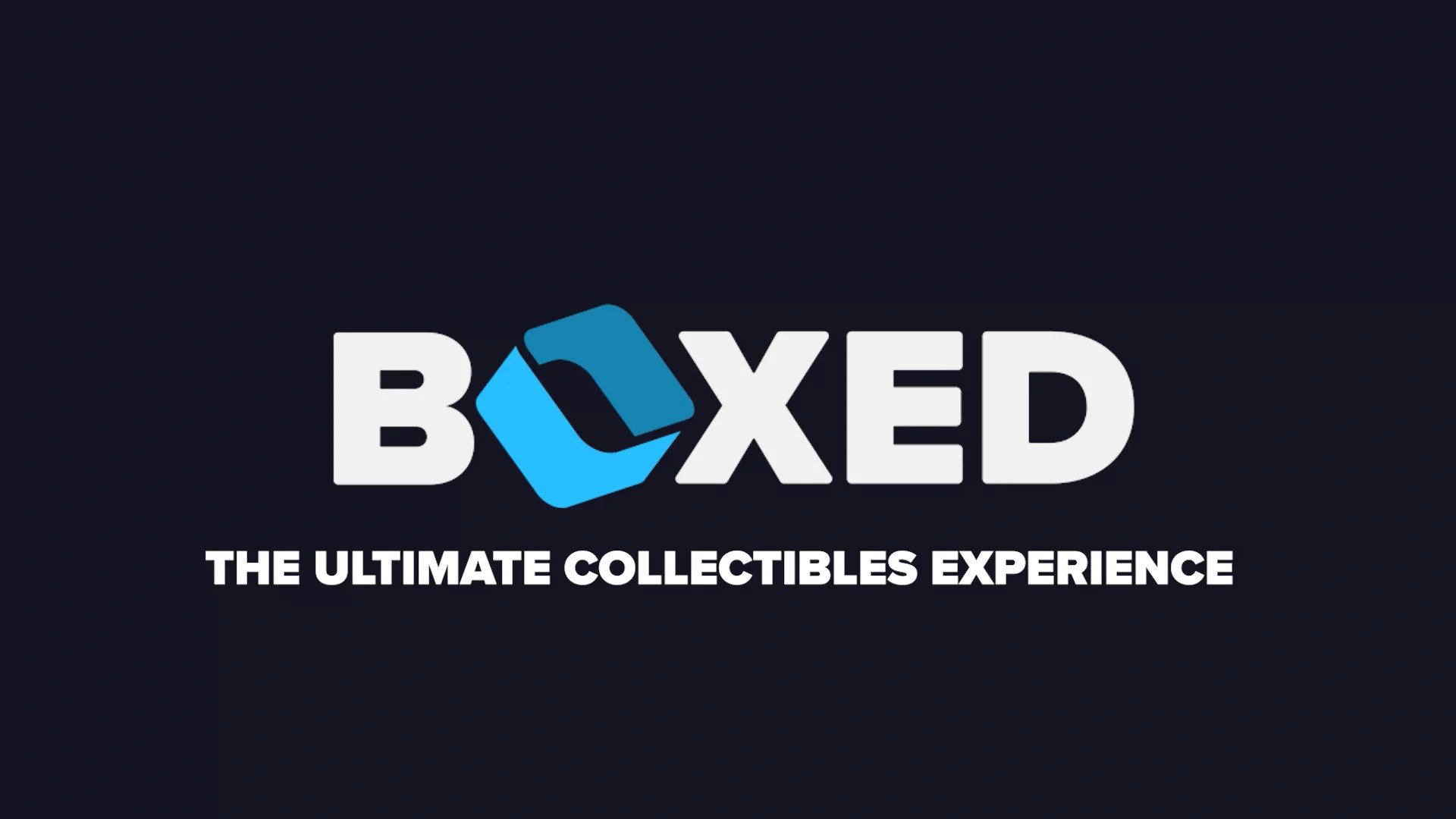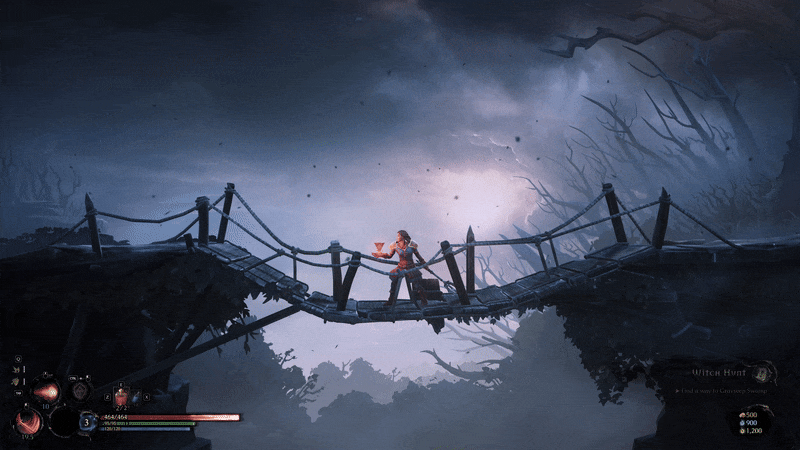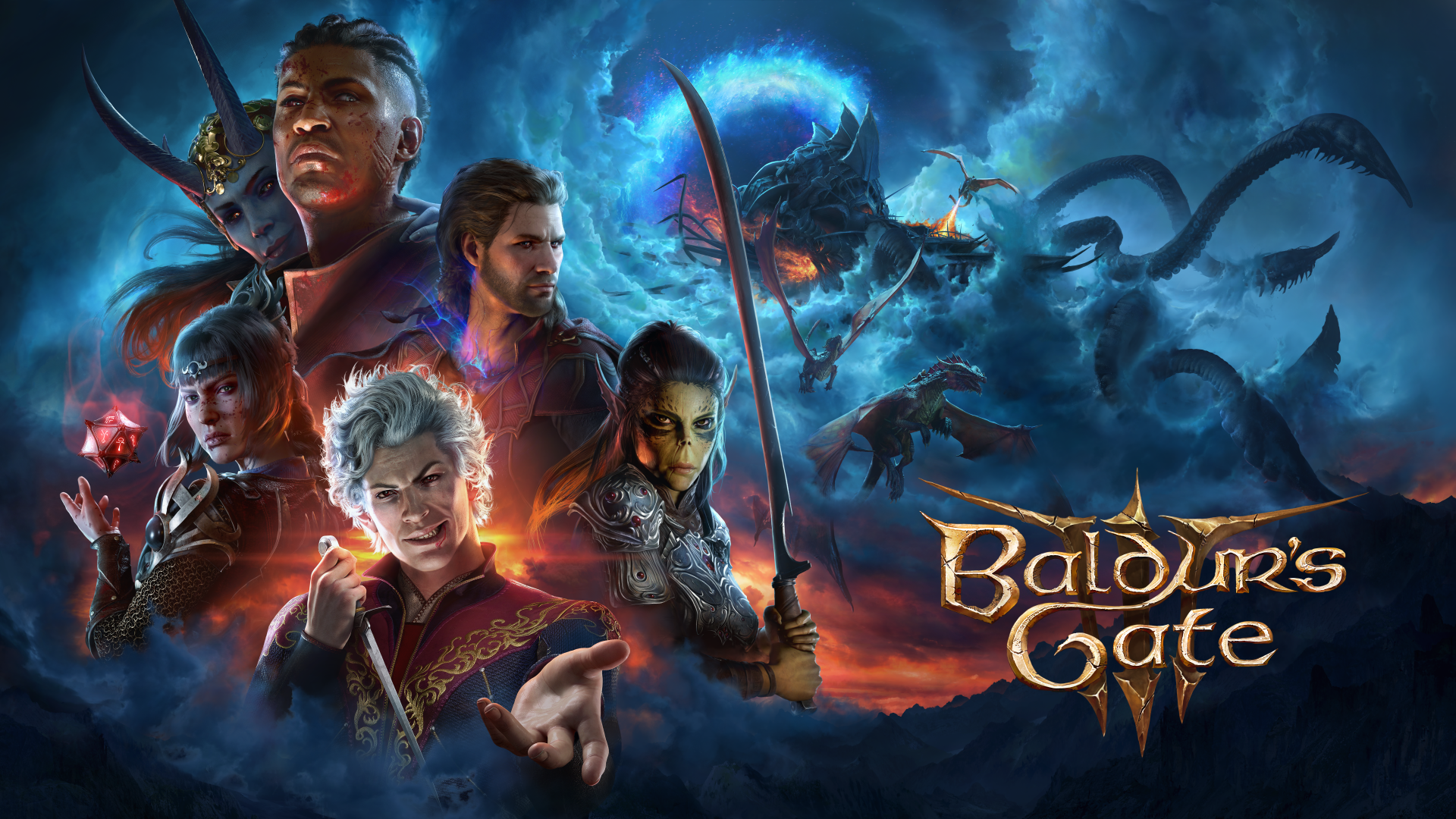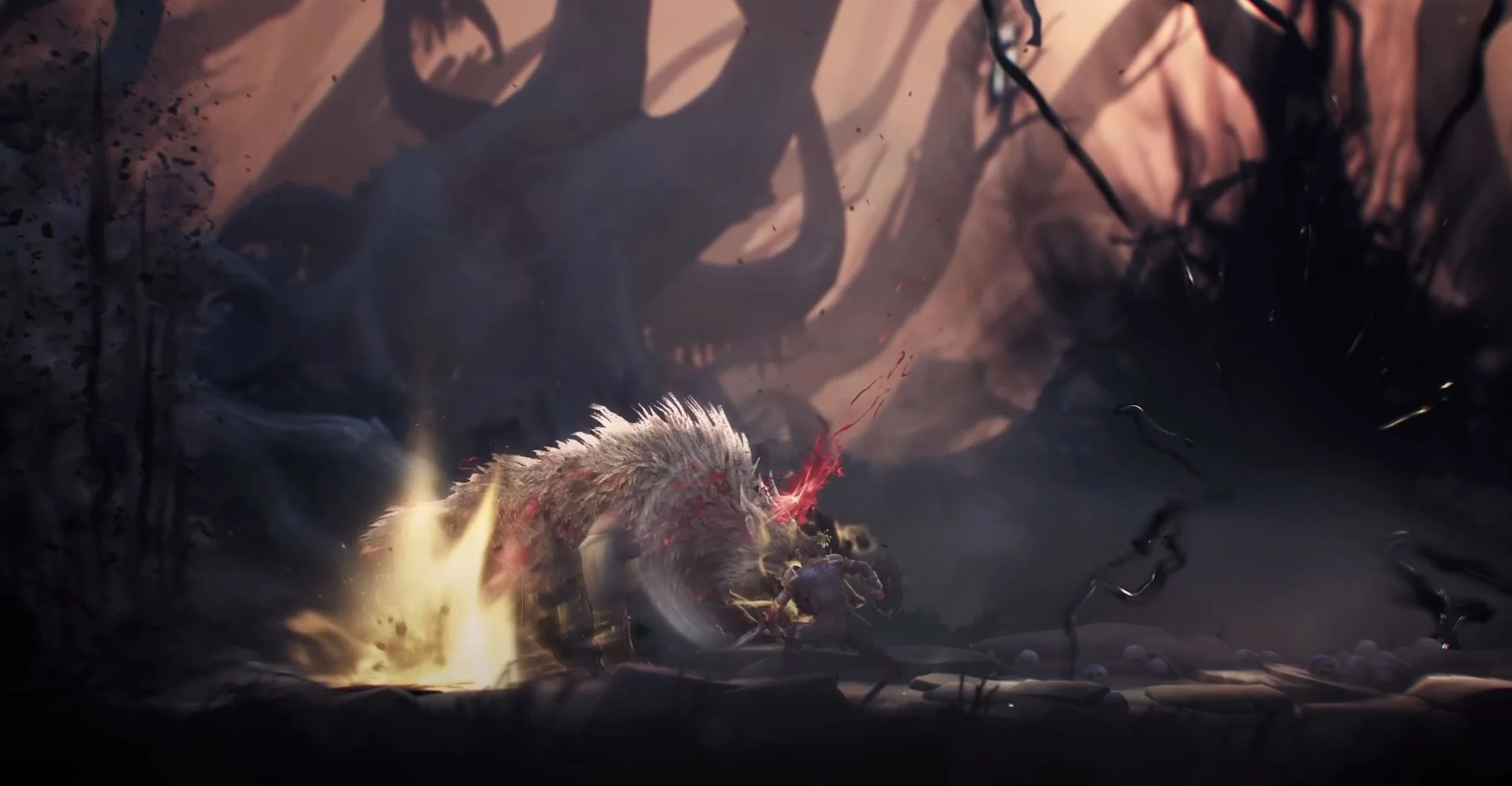It is hard to believe it’s been 20 years since the American launch of the Dreamcast on 9/9/99! The system would live a short life, being discontinued less than 2 years later on March 31, 2001. In that short time though, the Dreamcast was able to cement a legacy of being ahead of its time in many regards, from online play to second-screen gaming utilizing the awesome VMU. Dreamcast also has a legacy of amazing games, and although many have since been ported to other consoles, it is those original versions that are still considered the definitive experience.
A lot of things went wrong for the Dreamcast right from the start. First was the lackluster Japanese launch of the system on November 27, 1998. Shortages in manufacturing the systems PowerVR chipset drastically cut the expected stock of systems to be available at launch. The Dreamcast only managed to shift ~140,000 units in its first few days. Contrast this to the N64, which had managed to ship ~700,000 units within the same time frame. The 4 launch titles for the system's launch (Godzilla Generations, July, Pen Pen TriIcelon, Virtua Fighter 3tb) were also considered to be lacking.
Thankfully one heavy-hitting title, Sonic Adventure, would come within a month of launch on December 23, 1998. Just a quick side note here, it still blows my mind that Ocarina of Time, one of gaming’s most impressive titles at the time in both graphics and gameplay, only came out one month before the visually stunning Sonic Adventure! By the end of the fiscal year, things sadly didn’t look much better for the Dreamcast with sales only hovering around ~900,000 instead of the 1 million mark Sega had hoped for.
The North American launch for the system on September 9, 1999 was vastly better, with more systems and launch titles available, but still faced its own problems from Sony and the PlayStation 2. Sony announced it’s soon-to-be best-selling console of all time in March of 1999, and on September 20, 1999, at the Tokyo Game Show, fully showed what the system would be capable of. By the end of the fiscal year, Dreamcast had managed to sell ~2.5 million units in North America. This number was beaten by Sony’s original PlayStation at ~3.3 million units in roughly the same timeframe. As the launch of the PS2 drew closer, sales of the Dreamcast continued to dwindle. After the launch, Sega was forced to make price cuts just to remain competitive.
The second major problem faced by the Dreamcast was support from third-party developers. EA Games had decided that it wasn’t going to support the Sega Dreamcast. While Sega was able to replace EA’s sports titles with its own 2K Sports series, the lack of the rest of its IPs and licensed franchises and releases could definitely be felt. A Dreamcast release of 007 The World is Not Enough is something I would have longed to see! Sega was also unable to get Square Soft to produce games for the system. Can you imagine if Final Fantasy VIII, Final Fantasy IX, and Final Fantasy X had gotten Dreamcast ports? How cool it might have been! Both publishers at the time were the biggest in North America and Japan, so lacking their support was a huge hit on the system. This lack of support is commonly attributed to the failures of Sega’s previous 3 hardware outings: the Sega CD, Sega 32X, and Sega Saturn.
One more problem plagued the Dreamcast early in its life, and that was piracy. The Sega Dreamcast was built using a proprietary disk format, the GD-ROM. The GD-ROM was based on CD-ROM technology and allowed for more storage than a standard CD. It was thought that the data size of the GD-ROM, along with the way it was read, would be effective countermeasures to disk piracy that happened on the PlayStation and Saturn. Sadly, the GD-ROM proved easy to defeat and an exploit in the Dreamcast itself made it one of the easiest systems to pirate games for. You didn’t even need a modchip; get your game, burn it to a CD, and pop it in, voila. It wasn’t until later model Dreamcast releases that this problem was solved, but by that time the Dreamcast was already on its way out, meaning a vast majority of systems available today can still play back-ups easily.
Sadly, by the end of March 2001, the Dreamcast was discontinued worldwide and ceased production by November here in North America. The lack of sales, third-party support, competition with the PS2, rampant piracy, and problems with Sega’s management were a perfect combination to destroy what could have been an amazing console lifecycle. As it stands, what we got in the nearly 2-year life of the Dreamcast is pretty great, with loads of fantastic titles ranging from Sonic Adventure, Shenmue, Skies of Arcadia, Grandia II, Phantasy Star Online, and Power Stone to crazier titles like Seaman and arcade-perfect ports like Marvel Vs. Capcom, Crazy Taxi, and Soul Calibur. The Dreamcast to this day still gets new releases from indie and homebrew game developers, including games like Another World HD and Volgarr the Viking.
I was sadly not a Dreamcast adopter in its lifetime. During those days my Nintendo fandom was content to play N64 day in and out. I was fortunate enough to have a friend that did own the Dreamcast though, and playing Quake III Arena online, on a console, in a living room was an experience I will never forget! Little did I know how much more awesomeness I was missing at the time. Though I was not financially able to get a Dreamcast then, the experience stuck with me over the years. Finally, in 2006, a good 5 years after the Dreamcast was gone and services shut down, I was perusing Amazon and stumbled across a Dreamcast for sale for $30 that came with 3 games, one of which being Quake III Arena.
Remembering how much fun the game was, I decided “what the heck” and bought the system! I then quickly loaded up on controllers and VMU’s and grabbed a Retro-Bit VGA Box to complete my setup. Over the last 13 years, I have happily discovered a number of gems on the system, like Shenmue and Jet Grind Radio. A number of N64 titles that I loved were also available for Dreamcast, like Army Men Sarge’s Heroes and Star Wars: Episode 1 Racer! Ports of Capcom titles like Resident Evil 3 and Dino Crisis are still my favorite ways to play these games today. Oh, and let’s not forget Code Veronica! Then there is the mouse and keyboard function! I can’t believe how well supported mouse and keyboard were on the Dreamcast. Quake III Arena and Unreal Tournament play just like their PC counterparts.
Since all of Sega’s infrastructure for Sega Net has been gone since 2003, it isn’t possible to still play online with official servers. Thanks to the Dreamcast community though, nearly every title that once had online multiplayer can still be played today! One glaring omission is Unreal Tournament, but oh well, Quake III Arena works. Utilizing a Raspberry Pi in combination with some custom software and a USB dial-up modem, the Dreamcast still has access to the world wide web like it’s 1999! These preservation efforts have also led to a number of Dreamcast optimized websites to host VMU saves, and even previously released free DLC accessible right from the console.
Though the lack of DVD support was unfortunate, and competition with the PS2 fierce, I still wish to this day the Dreamcast had been able to fully live out its life, just to see what else we could have gotten on the machine. Did you know that the Dreamcast was capable of supporting a second analog stick on its controllers? Well, it was, and why we didn’t ever see that come into play is probably due to its premature demise. Who knows, maybe it will still be possible one day and the homebrew scene can run wild with it!
Needless to say, the Dreamcast has built a cult following in the 20 years since its launch and deservedly so. The system was ahead of its time with online and second-screen play that would become norms just a few short years later. The game library is filled with great original titles and ports, making it one system I try to actively collect for. Sure, a number of its titles have made the jump to newer systems throughout the years, but again, nothing beats playing the original! If you are one of the many that have never played the system, go check it out; it really had something for everyone!




